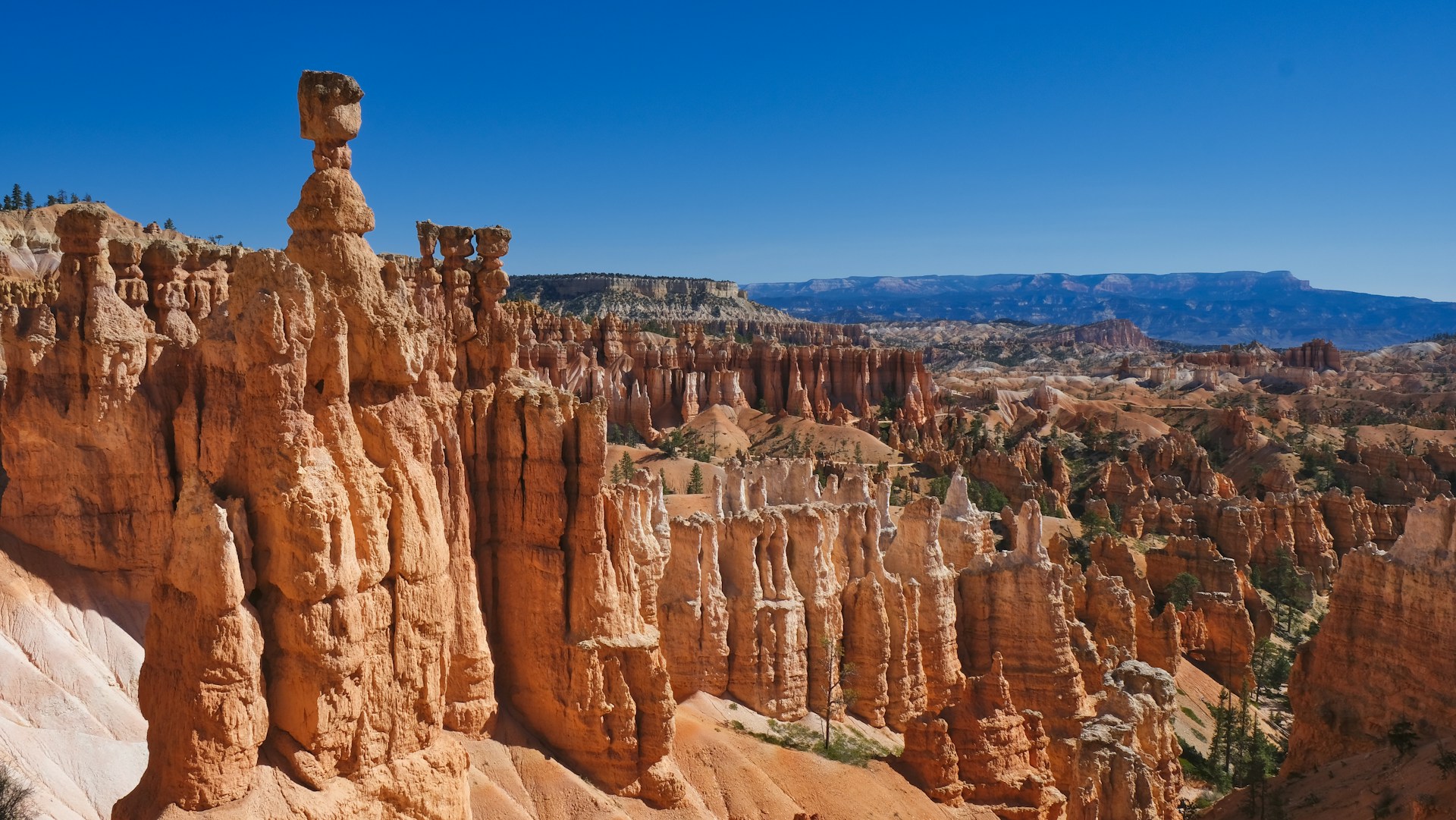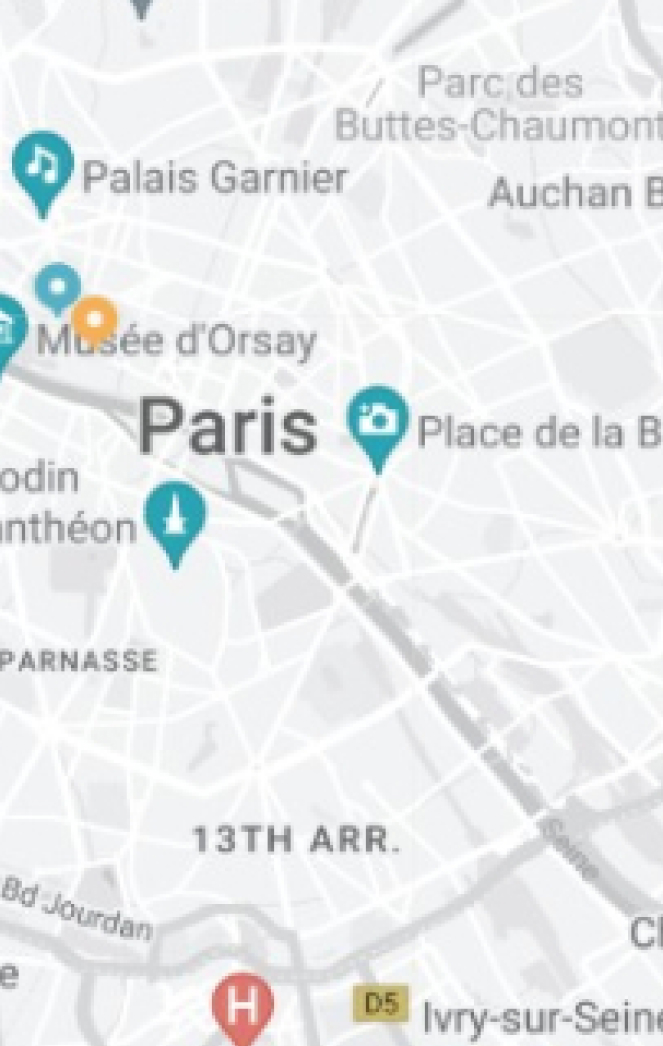Known For
Bryce Canyon's most iconic feature, these towering rock formations are created by erosion, with the park housing one of the largest collections in the world.
Hoodoos
The Bryce Amphitheater, a natural bowl-shaped area filled with hoodoos, offers stunning views and is a must-see attraction for visitors.
Amphitheaters
Designated as a Dark Sky Park, Bryce Canyon provides exceptional stargazing opportunities, with clear views of the Milky Way and celestial events.
Stargazing
Popular spots like Sunrise Point, Sunset Point, Inspiration Point, and Bryce Point provide breathtaking vistas of the park’s colorful landscapes.
Scenic Viewpoints
With trails ranging from the easy Rim Trail to the challenging Navajo Loop and Peek-a-Boo Loop, Bryce Canyon offers hiking options for all skill levels.
Hiking Trails
The park transforms into a snowy wonderland during winter, offering snowshoeing, cross-country skiing, and incredible photography opportunities.
Winter Activities
Home to mule deer, pronghorns, peregrine falcons, and other species, Bryce Canyon is ideal for observing diverse wildlife in their natural habitats.
Wildlife Viewing
Showcasing millions of years of geological history, the park’s red, orange, and white rock formations are a testament to natural beauty.
Geology and Unique Colors
Guided horseback tours offer a unique way to explore the hoodoos and the stunning trails of Bryce Canyon.
Horseback Riding
Visitors can join ranger-led talks, guided walks, and astronomy programs to learn about the park’s natural and cultural history.
Ranger Programs
Bryce Canyon's dramatic landscapes, vibrant colors, and unique light conditions make it a favorite destination for photographers.
Photography
Near iconic parks like Zion National Park and Grand Staircase-Escalante National Monument, Bryce Canyon is often included in multi-park tours.

 Accounts
Accounts
 Travel Goals
Travel Goals
 Saved
Saved
 Subscription
Subscription
 Currency
Currency
 Settings
Settings
 Sign out
Sign out


 Burna.Boy@gmail.com
Burna.Boy@gmail.com


































